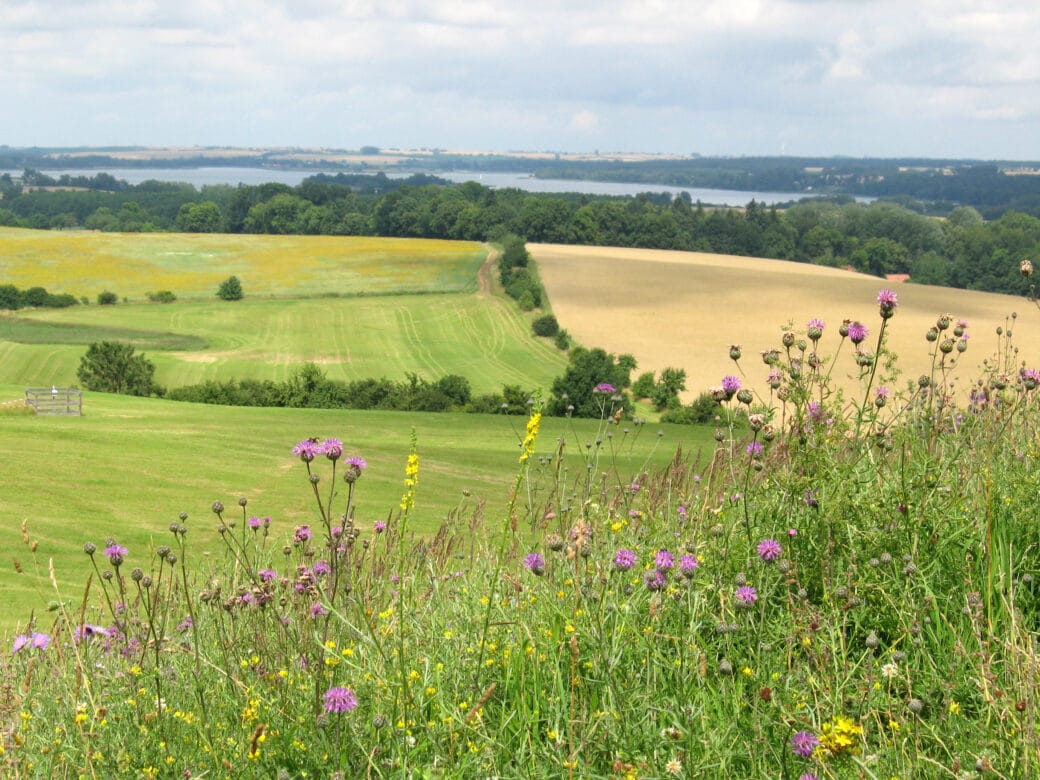Killing the winner only? – The virome of grass land soils under different land use intensity as the driver for microbial community structure and function

Soils, although intensively studied with respect to their microbiology, are lagging virus ecology research compared to aquatic systems. Indeed, soils harbor high numbers of viruses and virus-to-bacteria ratios (VBR) in soil seem to vary much more than in aquatic environments. Variations in virus populations are partly explained by differences in soil pH, water and organic content, hinting at land use differences posing a significant influence on virus diversity and viral–host interactions.
At 150 plots within the Biodiversity Exploratories we will investigate soil viral communities with a specific focus on grassland ecosystems under different land use intensity. We will concentrate on the relation between land use intensity, vegetation period, site specific conditions and the number of viruses. We will further describe the composition of the soil viromes as well as major functional traits of prokaryotic origin carried by viruses.
Host – virus interaction studies and infection networks derived from CRISPR like structures in the prokaryotic hosts will provide information on community ecology.
Finally, we will isolate viruses infecting dominating bacterial groups common to the different grassland soils (e.g. Pseudomonadaceae) for studying their cross-infection potentials.









